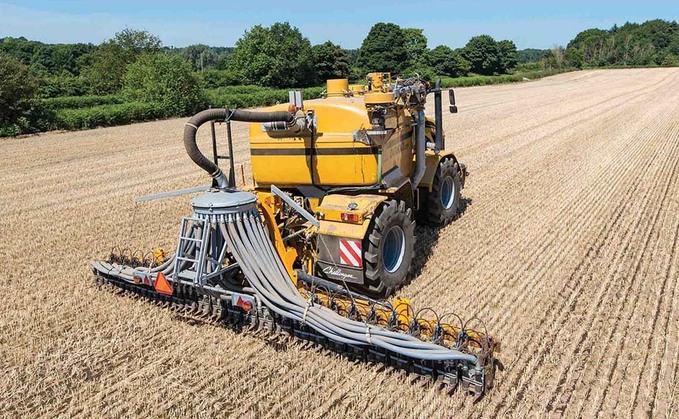
Collecting information throughout the crop's lifecycle can help to improve the contribution of digestate to nutrition. With the area of land being used to produce energy crops for anaerobic digestors...

Collecting information throughout the crop's lifecycle can help to improve the contribution of digestate to nutrition. With the area of land being used to produce energy crops for anaerobic digestors...

PEDIGREE HEREFORD BULL FOR SALE

PEDIGREE HEREFORD AND ANGUS BULLS FOR SALE

REGISTERED SHEEPDOG PUPS